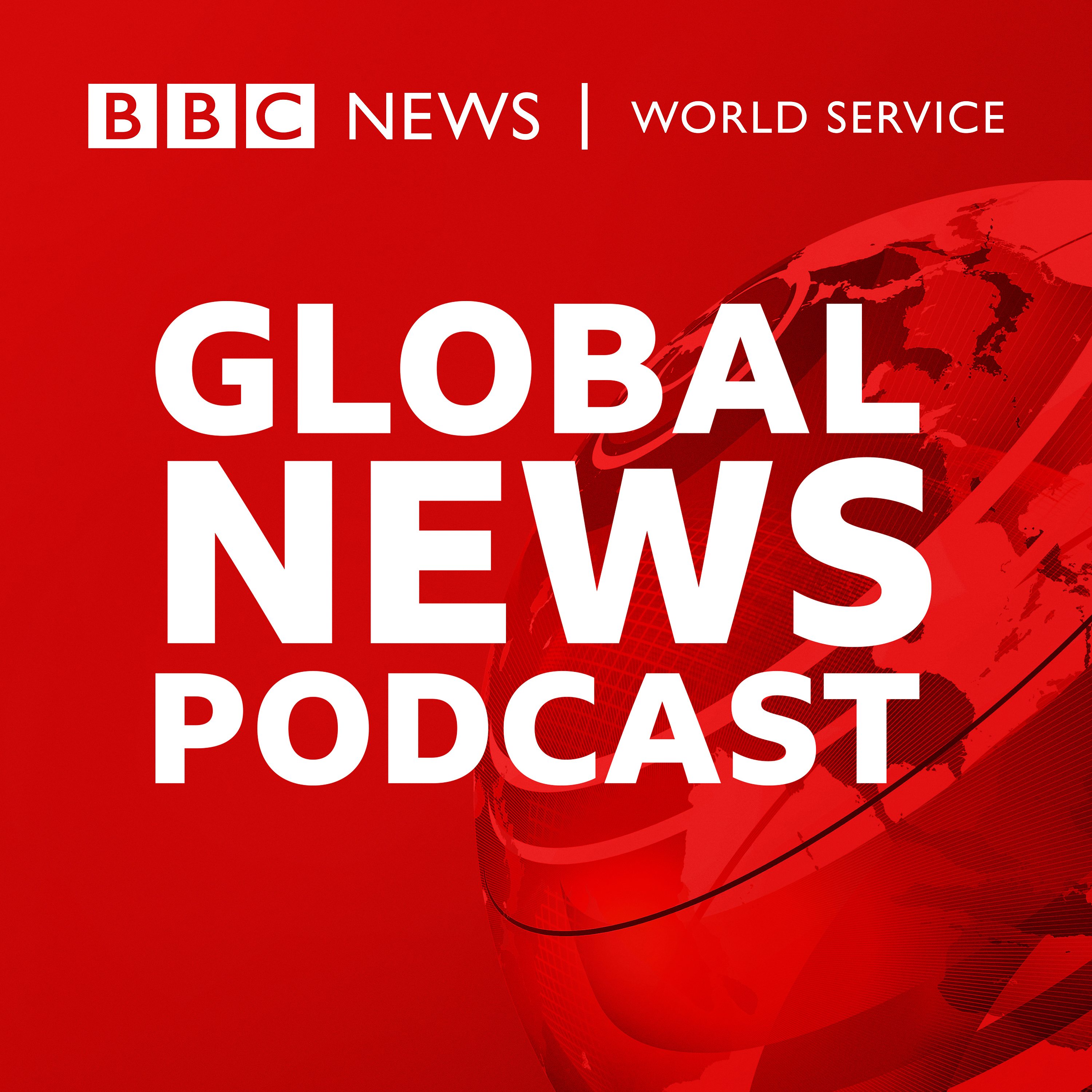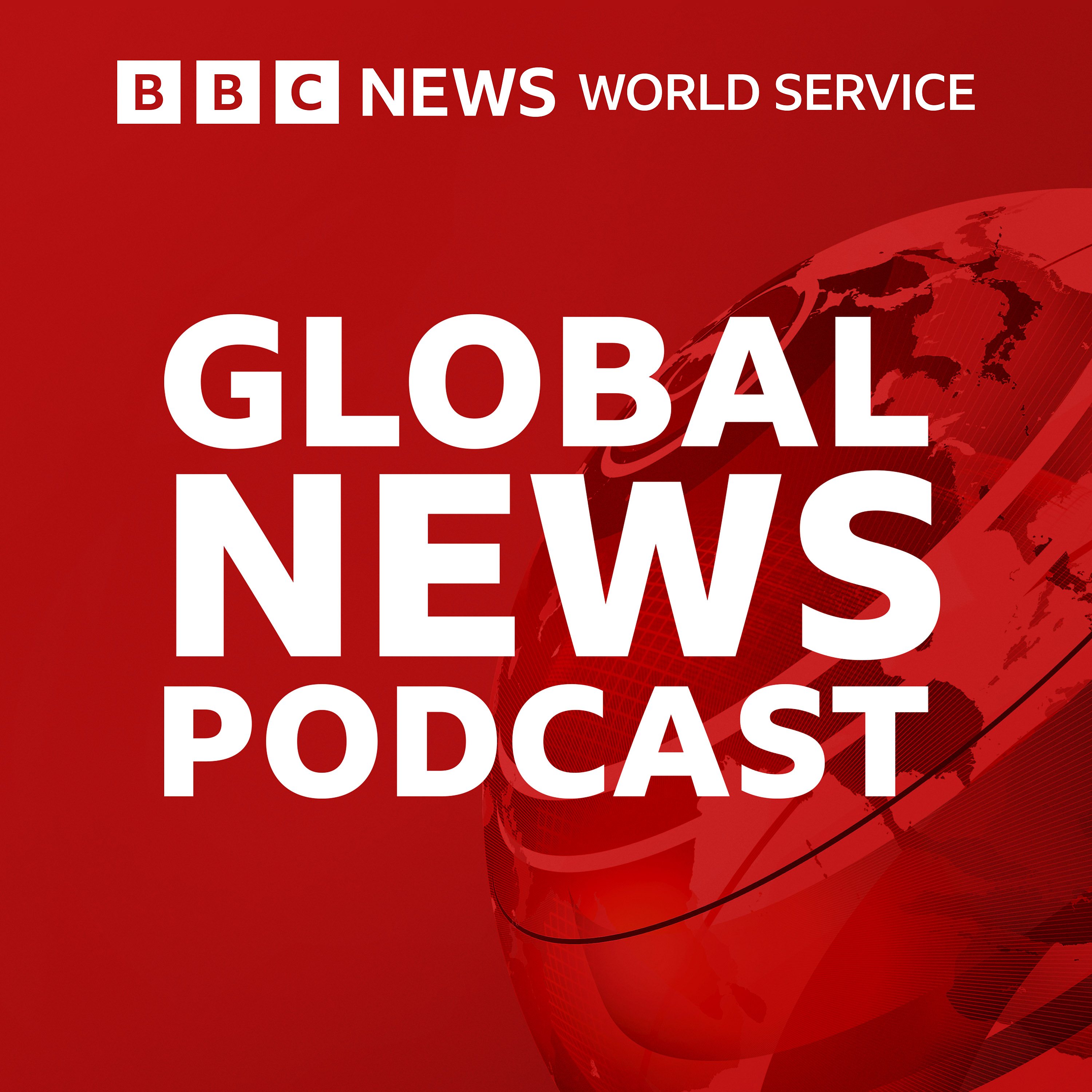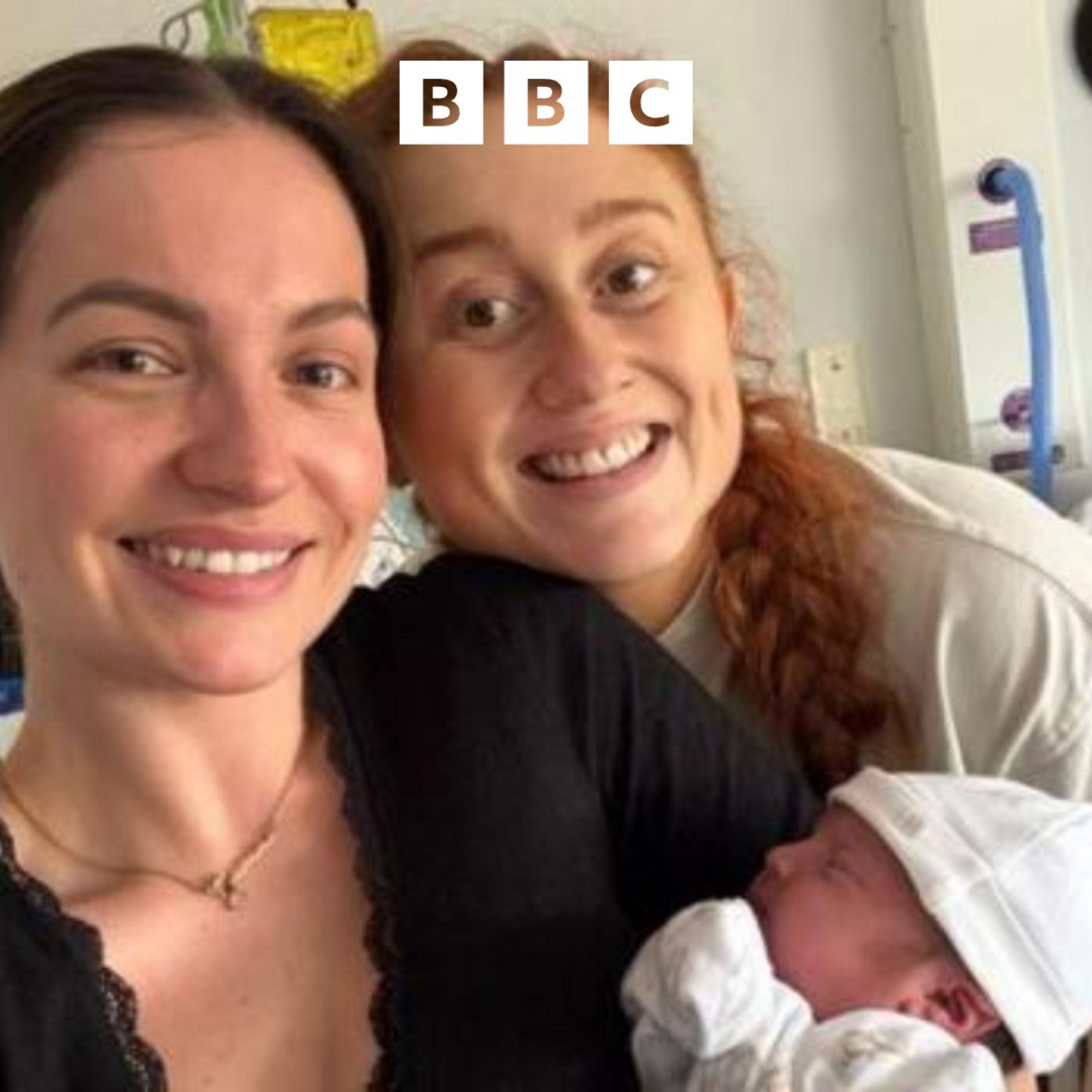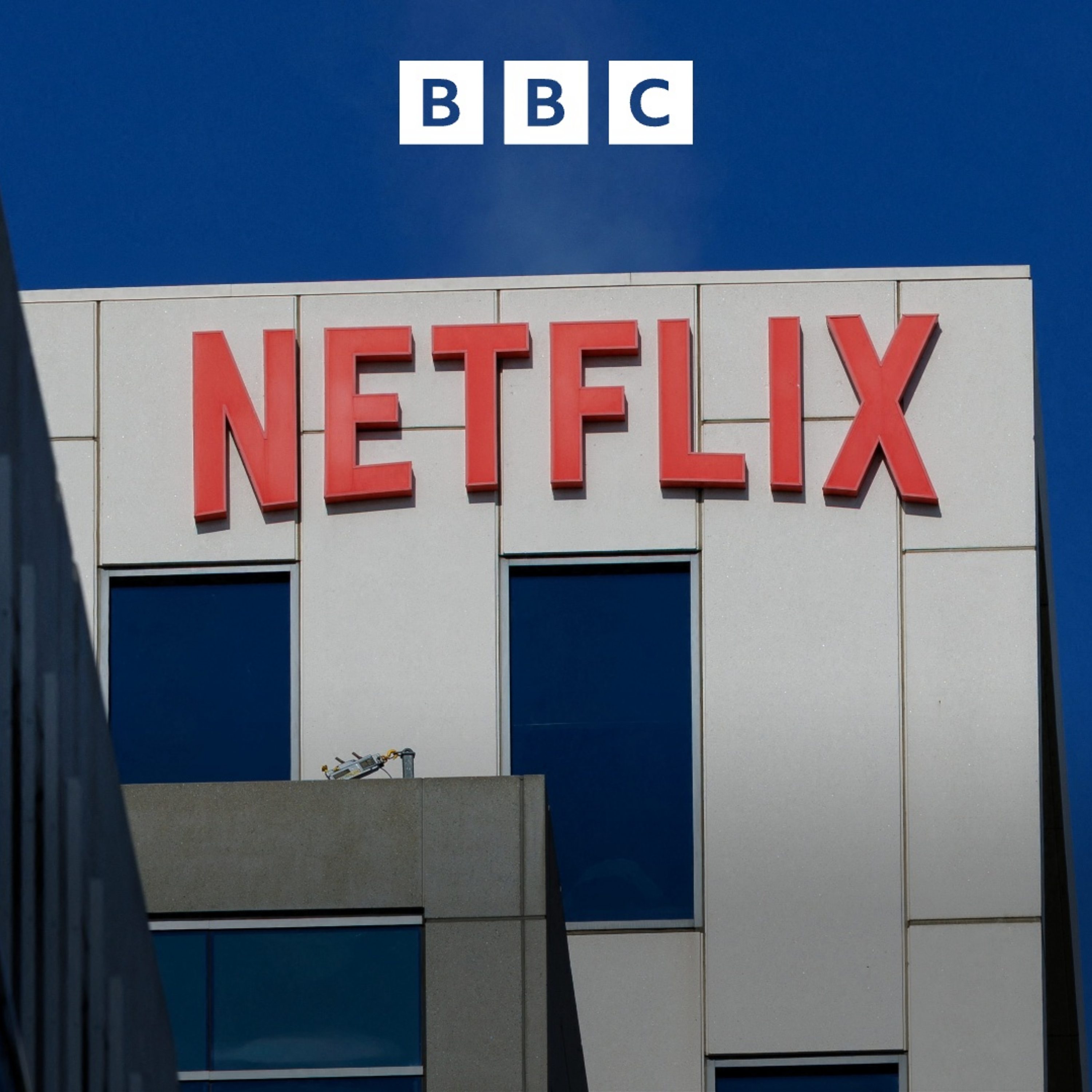Israel military admits mistakes led to killing of Gaza medics
An IDF inquiry into the killing of 15 emergency workers in Gaza last month found a series of professional failures, but says six of those killed were Hamas members. Also: Russia’s brief Easter truce with Ukraine has ended.
Press play and read along
Transcript
Transcript is processing—check back soon.
Global News Podcast — Israel military admits mistakes led to killing of Gaza medics



